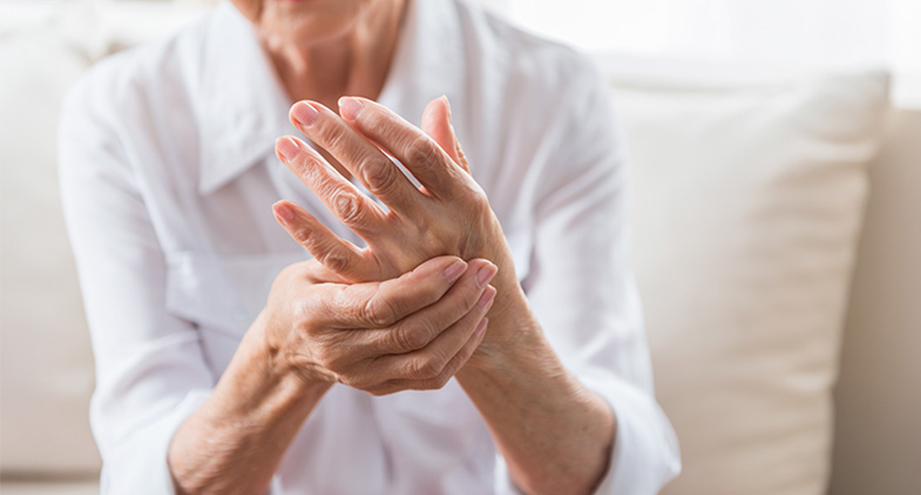
Preventing and Dealing with Arthritis Like a Boss
Before we dive in and tackle arthritis at its core, it’s best we take a short moment to first understand the different types of arthritis; as well as the numerous effects this disease has on the body.
It may be hard to believe that there are over 100 different types of Arthritis, though the most common types include osteoarthritis (OA) and rheumatoid arthritis (RA). Alone, these two forms of arthritis currently affect over 34 million Americans.
Osteoarthritis initially takes effect on the smooth cartilage lining of the joint. As a result, movement becomes much more difficult than usual and, consequently, results in serious pain and stiffness. Tendons and ligaments begin working harder to compensate for the thinning out of the cartilage, and this causes swelling as well as the formation of small body spurs called osteophytes.
Rheumatoid Arthritis begins when the outer covering (synovium) of the joint is affected. This leads to the immune system targeting the affected joints and results in further pain and swelling. Rheumatoid arthritis develops further and can affect other areas of the body, including other tissues and organs.
Unfortunately, there is currently no cure for arthritis, nor is it always preventable. Whether or not one is susceptible to arthritis can depend on age, gender (many types of arthritis more commonly affect women), and family history.
Ouch. Don’t worry, all of the negative stuff is now out of the way. Well done for making it this far!
Thankfully, there are multiple habits that one can practice to both delay the onset of arthritis, as well as make arthritis much more manageable in the long run. Many of these healthy habits can also help prevent numerous other diseases too; two birds with one stone!
Weight Control
It’s important to remember that your joints not only allow you to bend in all the right places, but also bear your body weight. By being overweight, you immediately add unnecessary pressure to those joints. According to healthline.com, overweight people are 4 times more likely to develop knee osteoarthritis than those who maintain a healthy body weight.
Avoiding processed ‘junk’ foods, Calorie counting, and portion control are all excellent ways to lose weight and overall mass.
Eat More Fish!
There’s nothing fishy here, eating certain fish rich in omega-3 fatty acids (such as salmon, trout, mackerel, and sardines) has numerous health benefits on the body. Primarily, these fatty acids reduce overall inflammation. One study found that those who eat fish regularly may even largely decrease their risk of rheumatoid arthritis.
Exercise
Yes, exercise! You know, that ‘hip’ thing that everyone’s doing nowadays; it really works! But we understand we’re being a little vague if we were to just leave it at that. So, we’ll get a little more specific and list a few things that everybody can do to help delay and manage arthritis.
Water exercise – By performing movements in a denser environment (such as water!), impact on joints and bones is automatically significantly reduced. Swimming, doggy paddling, partaking in water aerobics, and even simply remaining buoyant increases overall flexibility, range of motion, and strength. It’s also a great way to shift additional, unwanted Calories (in the form of last night’s cheesecake).
Walking – Like water exercise, walking is a great low-impact form of exercise. Walking is also well known to elevate mood and increase both heart and joint health. Just be sure to start slowly and gradually build yourself up while wearing proper shoes and remaining nice and hydrated.
Cycling – Another low-impact activity, cycling is a truly wonderful way to get the joints moving without any of that nasty impact. It increases aerobic conditioning, range of motion, and leg strength; it also reduces both stiffness and the risk of cardiovascular disease (which is naturally increased when suffering from rheumatoid arthritis).
Flowing Movements – Go with the flow! Pilates, yoga, and Tai Chi all include great examples of flowing movements that improve flexibility, balance, coordination, and range of motion. The deep breathing exercises included in these activities have been shown to elevate mood, and, as a result, decrease stress levels. Like all other exercises mentioned, it’s best to start slow and gradually build up to more advanced routines; never shying away from the idea that it’s completely acceptable to take a step back and reduce the intensity if needed.
Consult Your Doctor – This is really the number one should you begin showing signs of arthritis. As the disease is progressive, the longer you wait, the more damage can occur. Your doctor will be able to suggest many other treatments or lifestyle changes that can slow the progress of arthritis, thus preserving overall strength and mobility.
